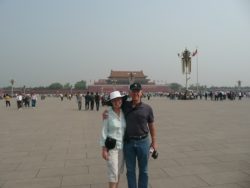
Welcome back to travel stories. In 2009, my husband, Hoyt, and I were gone nearly five months to visit six countries and one region. We started in New Zealand. From there, we headed to Australia (including Tasmania), Bali (in Indonesia), Vietnam, Cambodia, China, Tibet (an autonomous region), and then visited a few more cities in China before heading home.
Missives to friends
During the trip, I sent emails about our adventures, accompanied by photos, to friends back home. Facebook had not yet been invented [correction: it was pointed out to me on 6-5-19 that it was invented in 2004. The exact date was February 4th. I fact-checked that].
Those emails will be the basis for more writing. With a few years’ distance on the experience and time to reflect, I plan to write about this odyssey as time goes on. This bit today is about an incident in China. A photo gallery appears at the end.
Mourning in Beijing
In Beijing, China, despite the smile on my face in the photo for this post, I experienced an especially sobering moment when Hoyt and I stood under the blazing golden sun in Tiananmen Square. I felt a wave of sadness unlike any I’d felt before. Memories, sparked by a location, can do that.
I write this blog today, June 4, 2019, to honor the 30th anniversary of the horrific 1989 crackdown in Tiananmen Square where the Chinese military set out to crush the student Democracy Movement. Some of you may remember this. Students and other citizens were camped out, protesting, hoping their action would bring them what they wanted: more freedom and democracy.
One photo, perhaps the most famous from that time, captures a protestor holding out a flower [correction: again it was pointed out to me on 6-5-19 that one of his hands looks to be weighed down with a grocery bag, not holding a flower] as he stands in the path of four oncoming tanks. Thankfully, the tanks slowed down and stopped. Peace had won for a moment. But it did not last. Hundreds were killed. See photo here.
1989 Tiananmen on Television
In 1989, I watched that terrifying event unfold on television. Maybe you did, too. At the time, I was attending college as a “non-traditional” student, which means I was older than average—I’d dropped out of another college in 1970 to run off and join a cult. Maybe you know about that.
Anyway, in 1989, on the other side of the planet from Chinese students protesting to gain more freedom, I was enjoying freedom here in the U.S. But part of me related to those struggling students on the television screen. Although, in an extremely small way compared with them (to equate my experience with theirs would be ridiculous), I had at one time fought in my own way for more freedom, too.
Escaping towards more freedom
In 1987 I was escaping that high-control cult after I’d given it seventeen years of my life. Among other restrictions, its ideology prohibited any dissent, which was seen as being influenced or even “possessed” by the Devil. By 1988, I was enjoying more fully the freedoms granted me by the U.S. Constitution and Bill of Rights. While students in China protested, I was freely taking classes at Valencia Community College in Orlando, Florida, near where I lived. I had never experienced such chaos and brutality as I witnessed that night while watching the flickering broadcast of protestors running and getting beaten and shot in China. The world made no sense. In one country citizens are at peace, in another they’re at war.
2009 in Tiananmen Square
Fast forward twenty years after the Chinese student protest. Hoyt and I stood in that vast public square and mourned the lives lost in 1989 for freedoms that, in the U.S., we often take for granted. I was overcome with grief and gratitude that day. Grief for the students and their families, for their children, and for the entire country whose government continues to crack down on dissenters. (This happens here in the U.S., too, in one form or another. I acknowledge that.)
In China, I also felt gratitude. I was grateful for democracy in my country and for being able to escape that high-control cult. Ironically, it operated (and still does) in plain sight within my “free” country. But I know very well that my experience with restricted freedoms in the cult was nothing compared with what those Chinese protestors endured. An estimated 300 of them died in Tiananmen Square in 1989.* As a humbled tourist, I realized I was standing on sacred ground.
The Government of Amnesia
The Chinese government, I understand, attempts to wipe out the memory of that horrific incident from its history. It intends to keep its citizens ignorant of it and suppress news sources that would inform its people about it. As Americans, let us not forget it for them. We can be the keepers of that truth. We can, by recording our testimonies, preserve for the future what has happened in the past.
*For more about this event and its historical background, I invite you to read an opinion piece published today in The Orlando Sentinel by my friend, Dr. Robert Moore, Rollins College Professor Emeritus of Anthropology. Click ⇒ “On Tiananmen Square anniversary, China still promotes false narrative | Commentary”
Further reading: The People’s Republic of Amnesia: Tiananmen Revisited, by Louisa Lim.
See you next time.
Your writer on the wing,
Charlene

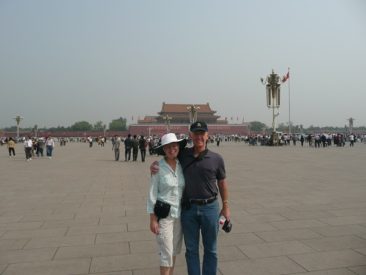

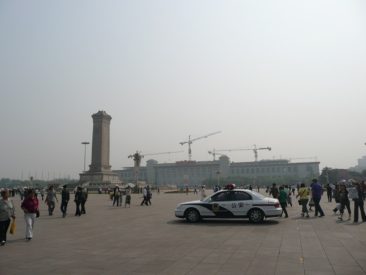
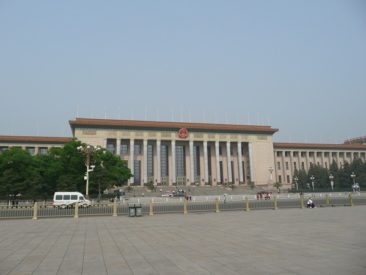

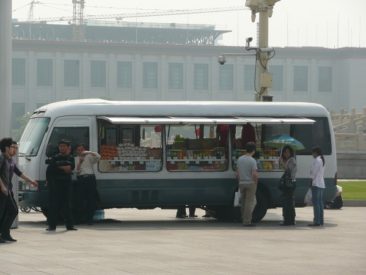
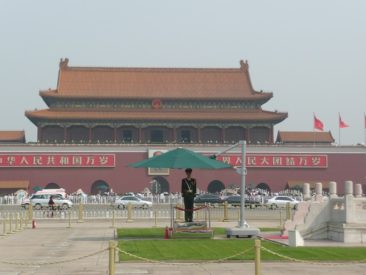
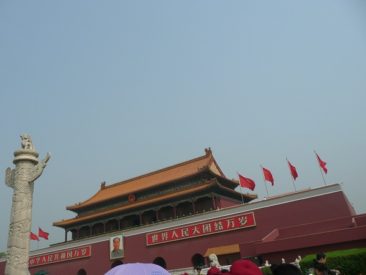
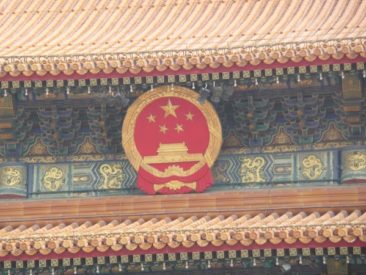
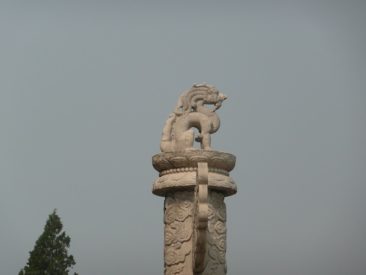







Robert Moore
Very nice, Charlene, and thanks for the plug!